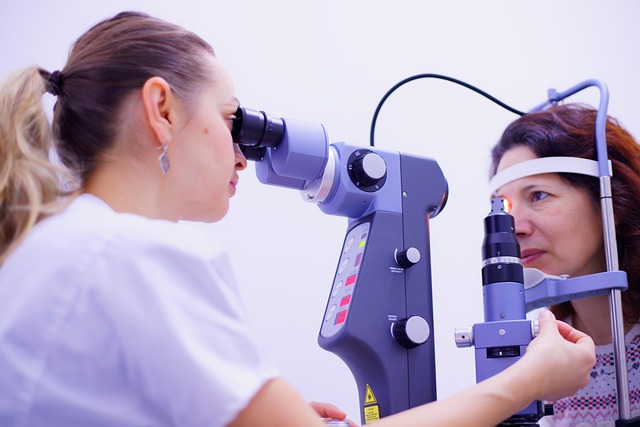Dermatologist Jobs in Clinical and Medical Practice
Dermatologist roles encompass clinical responsibilities focused on the skin, hair, and nails and require medical training to perform examinations, diagnose disease, and manage treatment plans. These positions exist across hospitals, clinics, academic centers, and private practice, with duties that balance diagnostic work, procedural skill, and patient communication in dermatology care.

This article is for informational purposes only and should not be considered medical advice. Please consult a qualified healthcare professional for personalized guidance and treatment.
This article does not list specific job openings or imply their availability.
What does a dermatologist do?
A dermatologist is a doctor who evaluates skin conditions through clinical examination and diagnostic testing, including dermoscopy and biopsies. Daily tasks include assessing rashes, acne, infections, and suspected skin cancer, formulating treatment plans that may involve topical or systemic medicine, and monitoring patient responses. Dermatologists also advise on prevention and skin safety, coordinate care with other medical specialties when systemic disease is suspected, and document clinical findings to support ongoing diagnosis and management.
Work settings: hospital and clinic roles
Dermatologist jobs appear in hospitals, outpatient clinics, and multidisciplinary healthcare centers, each with different patient flows and case mixes. Hospital-based dermatology often addresses complex inpatient consultations and urgent skin disease linked to systemic illness, while clinic roles focus on scheduled examinations, follow-up care, and minor procedures. Private practice or cosmetic clinics emphasize procedural treatments and long-term patient relationships. Administrative responsibilities, clinical governance, and coordination with allied health professionals vary by setting and influence daily practice.
Clinical skills and diagnostic procedures
Key clinical skills include a thorough skin examination, accurate diagnostic reasoning, and procedural competence for biopsies and minor surgeries. Diagnostic dermatology relies on pattern recognition, histopathology correlation, and use of diagnostic tools to reach a precise diagnosis. Treatment selection blends topical and systemic medicine, phototherapy, or procedural approaches according to clinical guidelines and patient safety considerations. Clear documentation and patient communication about diagnosis, expected outcomes, and potential side effects are essential components of safe, professional care.
Cosmetic and medical dermatology practices
Within dermatology, practitioners may focus on cosmetic treatments—such as injectables, lasers, and aesthetic skin care—or on medical dermatology, which addresses inflammatory and autoimmune skin disease. Cosmetic practice emphasizes procedural safety, aesthetic judgment, and patient expectations, while medical dermatology prioritizes evidence-based treatment of disease and long-term management. Both tracks require adherence to safety protocols, informed consent for procedures, and ongoing training to maintain competence in emerging techniques and therapies.
Professional training, certification, and safety
Dermatologist jobs require extensive professional training, typically including medical school, residency in dermatology, and local licensing or certification. Professional standards cover clinical competence, ethical practice, and patient safety, including sterile technique for procedures and monitoring for adverse reactions to medicine. Continuing medical education and peer review support clinical quality. Hospitals and clinics implement governance structures that guide documentation, clinical audits, and escalation pathways for complex or high-risk cases to maintain safe, evidence-based care.
Practicing in Japan and international contexts
Dermatology practice in Japan involves structured training pathways within university hospitals and municipal or private clinics, with roles that can include clinical care, research, and teaching. Internationally, dermatologists may take part in fellowships, collaborative research, or telemedicine services that cross borders; however, language proficiency, licensing exams, and credential recognition are practical considerations for practice outside one’s home jurisdiction. Cultural sensitivity in patient communication and familiarity with local healthcare systems are important for safe, effective diagnosis and treatment in any location.
Dermatologist jobs combine diagnostic expertise, clinical procedures, and patient-centered care across diverse medical settings. While the roles can vary by specialization and workplace, common elements include accurate skin examination, evidence-based treatment planning, adherence to safety and professional standards, and ongoing clinical development. No specific job listings or positions are provided here; this overview is intended to clarify the nature of dermatology roles and the skills and environments associated with them.






